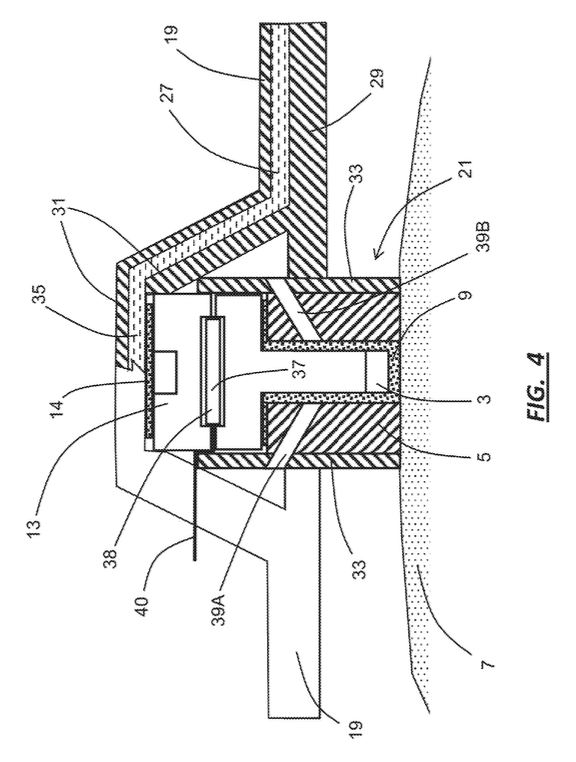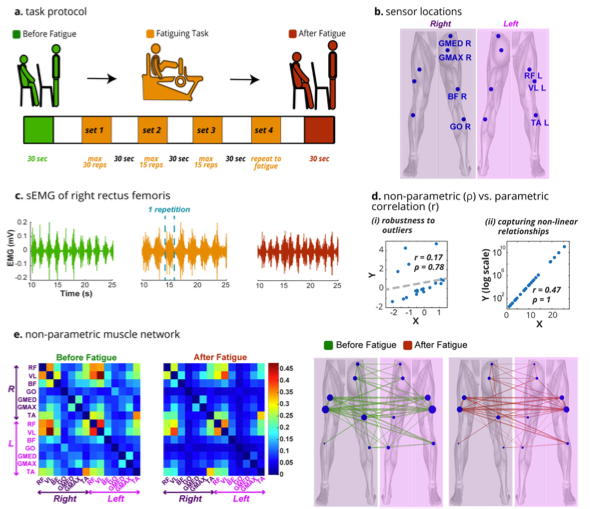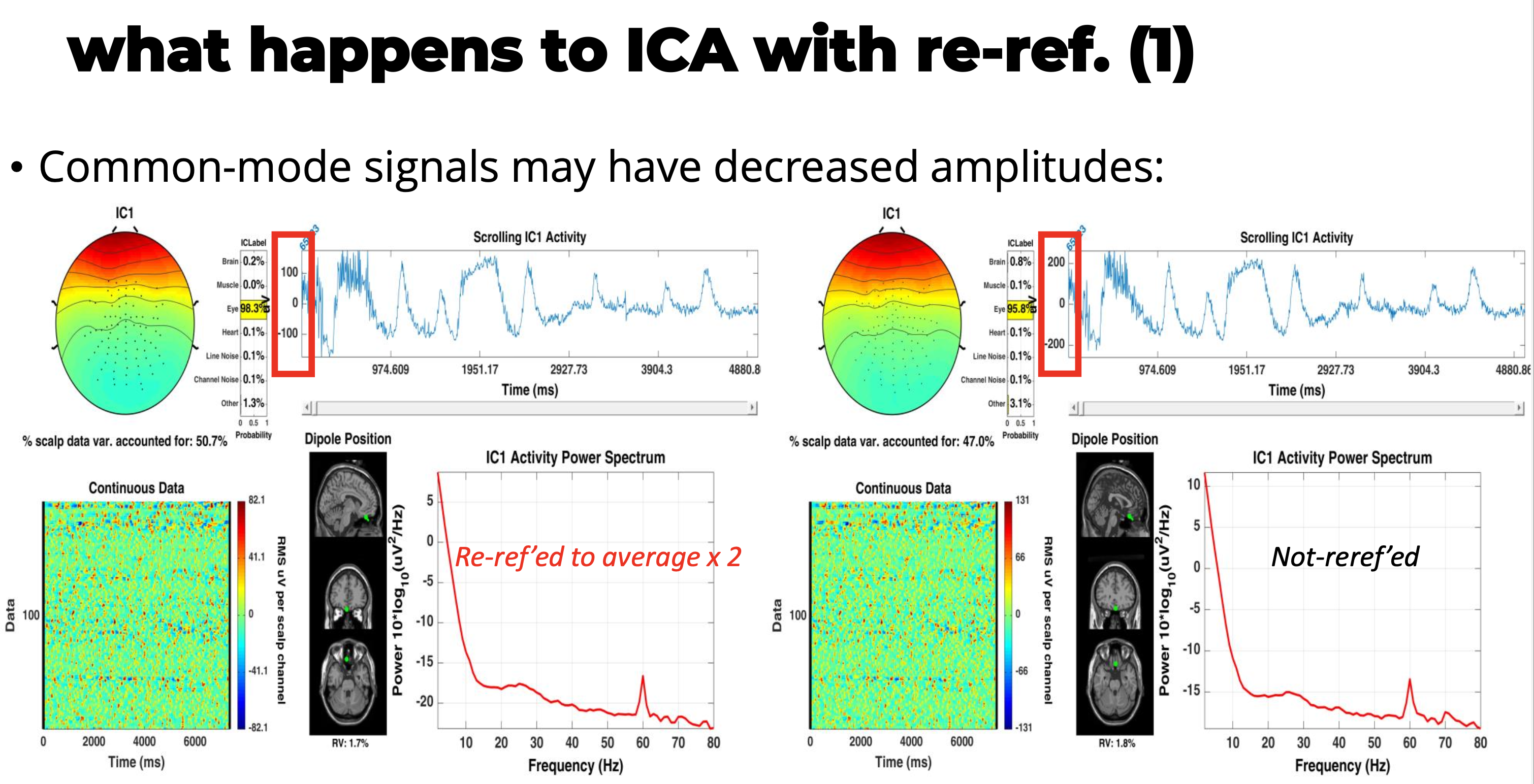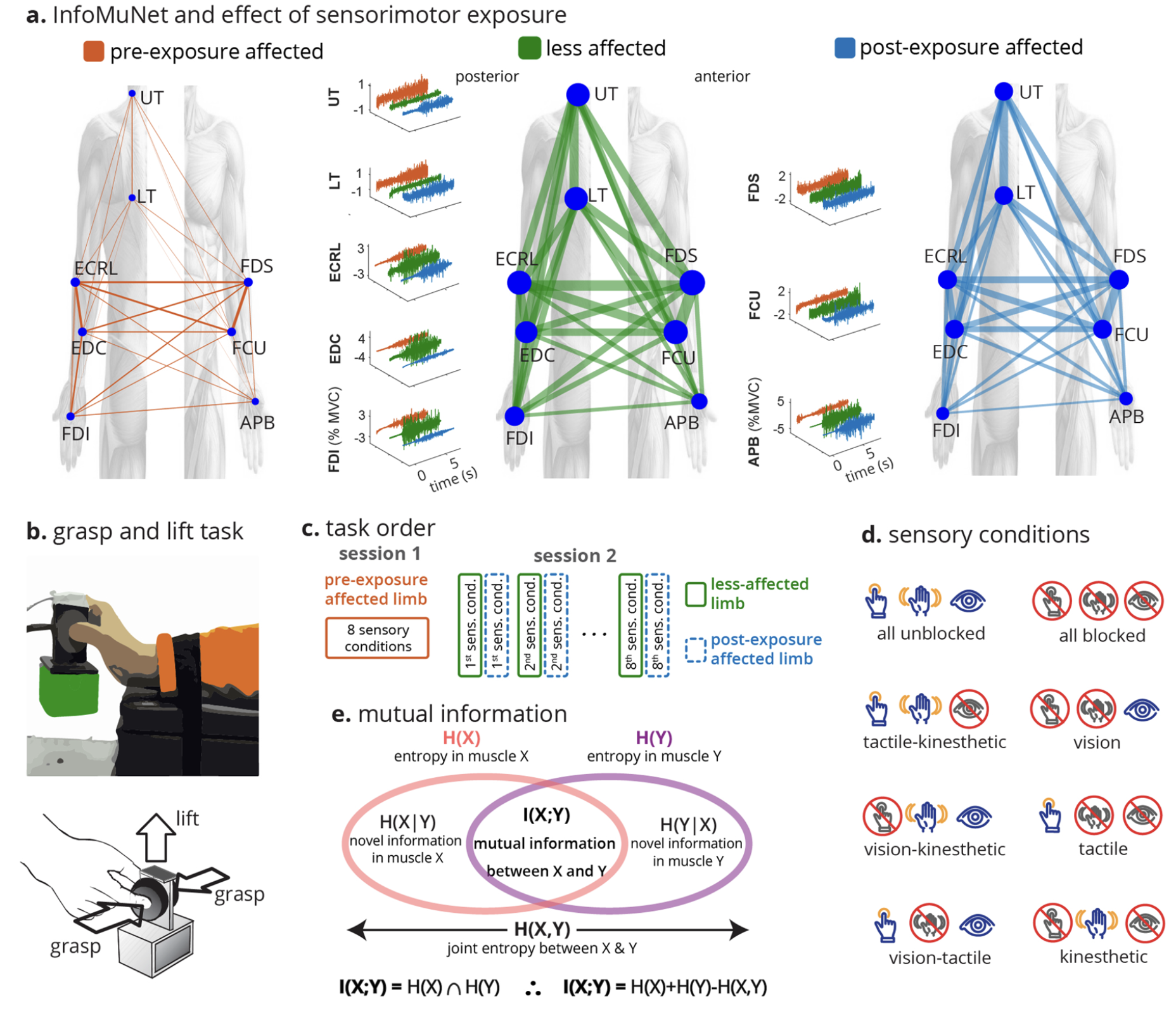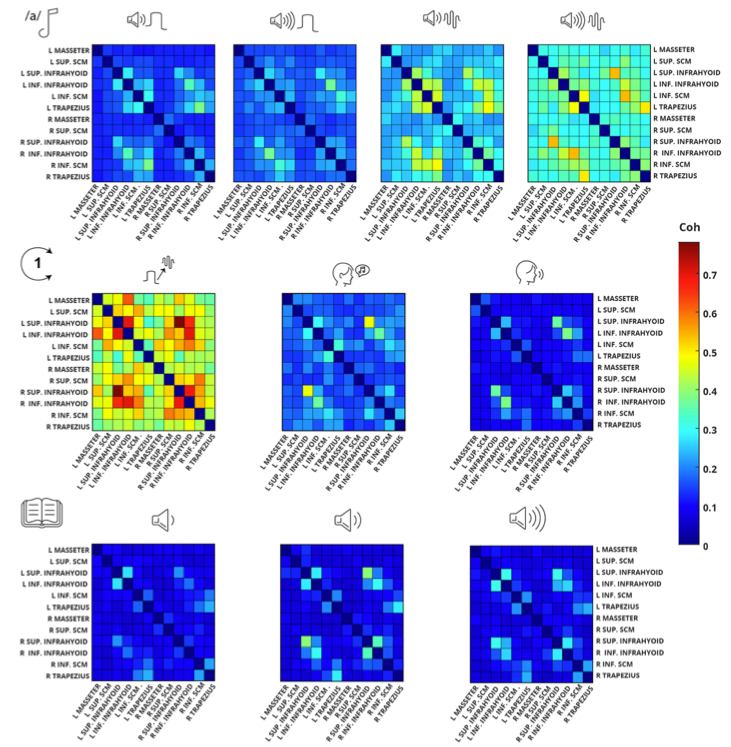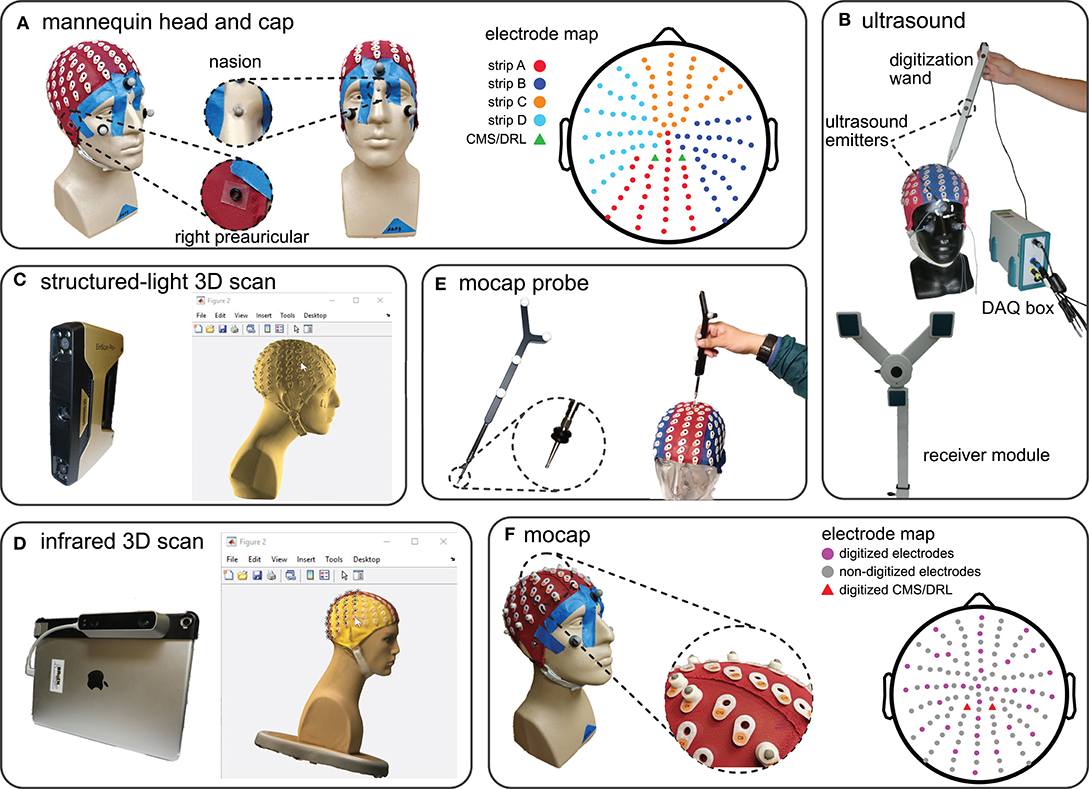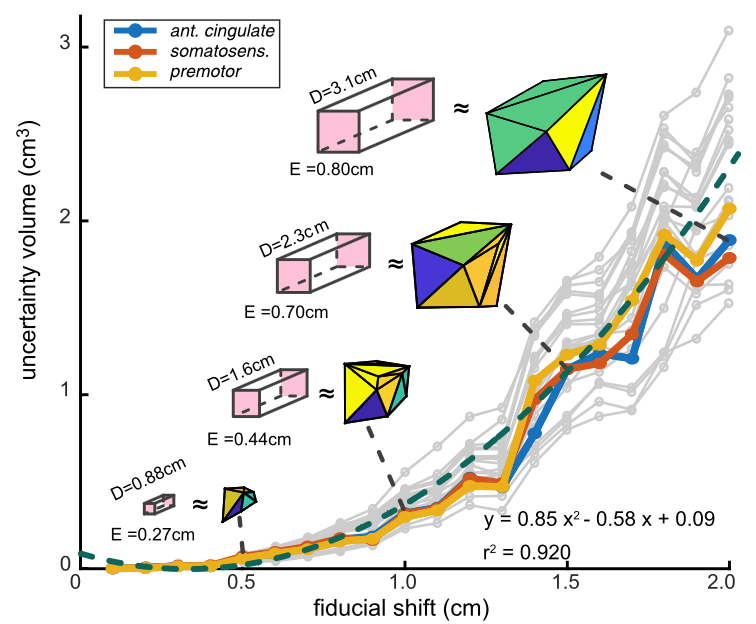Signal Processing for Wearable Biosensors: Fundamentals and Techniques for Ring-Based Devices
Explore the theoretical foundations and practical implementation of signal processing techniques for ring-based wearable biosensors. This guide covers digital filter theory, z-transforms, real-time processing constraints, and multi-sensor fusion approaches with both mathematical foundations and practical examples.

